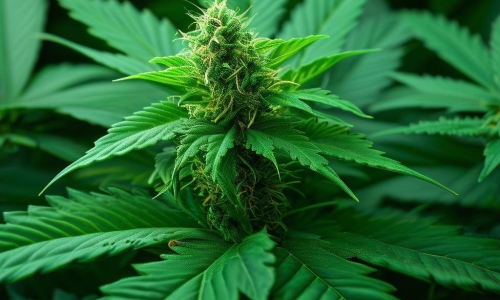Canada’s Cannabis industry at risk of losing first-mover advantage to US

US Cannabis Rescheduling Sparks Opportunity for Canadian Industry.
This week’s announcement that the Biden Administration will move ahead to reclassify cannabis to a much less restricted drug class and ease federal restrictions could be the ray of sunshine the benighted Canadian sector has been waiting for.
Despite becoming legal in 2018, Canada’s pot industry has stalled thanks to over-regulation and the federal government’s decision to avoid tweaking an onerous taxation policy or provide any substantial support to hundreds of businesses led by well-intentioned Canadian entrepreneurs willing to take on this new, green frontier. Challenging business conditions, bad financial decisions, and an unforgiving investor base have seen the space generate massive losses and layoffs.
The US is now poised to reschedule cannabis to a Schedule III drug—it will no longer keep company with heroin, LSD and peyote, substances deemed to have no accepted medical use and a high potential for abuse. This will mean that cannabis will be treated like a therapeutic or even a medical drug, where research and development can now be pursued without the threat of incarceration.
This presents a unique opportunity that Canada’s no-longer nascent cannabis industry may be well-positioned to take advantage of.
The US will now need to follow in Canada’s footsteps in establishing a medical cannabis regime to allow for cannabis products to come to market. Canadian regulations, albeit not perfect, have been carefully developed to abide by international standards and protocols, implemented and amended to foster a market that generates roughly $5 billion annually.
The Canadian government needs to move rapidly to influence Washington to adopt as much from the Canadian medical regime as possible to support the flow of capital, trade, and research across the border.
US investors, previously prohibited from wading into Canada’s cannabis market thanks to its federal illegality south of the border, should now be welcomed with open arms into Canada. Upon crossing the border, their dollars will find an industry that knows how to produce high-quality products with low-cost manufacturing.
Our market is also a gateway to Europe, Israel and Australia, as many Canadian companies have invested heavily in their facilities in order to achieve the required accreditation to export cannabis products to those countries for medical purposes.
As well, with Mexico also establishing a liberal cannabis policy, cross-border trade is now an option for cannabis products, such as CBD or low-potency ingestibles, between all three major North American markets. Academic institutions can now work alongside industry with no fear of punishment to pursue more ways this plant can be processed and developed into a wide variety of therapeutic products that can easily participate in clinical trials and pursue obtaining full FDA approval.
Positioning cannabis as a viable ingredient in the future of pharmaceutical medicine unconstrained from US federal restrictions could be the root of a multi-billion dollar industry—a promise that can now soon become reality.
None of this can happen unless the Canadian government shifts from its hands-off approach to the cannabis sector, which it legalized with a stroke of a pen over five years ago and has done little since to support.
Canada has a critical window to get its regulatory and policy house in order. While there are several issues to take under consideration, namely excise tax amendments and implementing a more progressive export policy, Canada should not take this moment for granted.
With the US pot market set to explode, Canada would be wise to avoid blowing this opportunity up in smoke.





